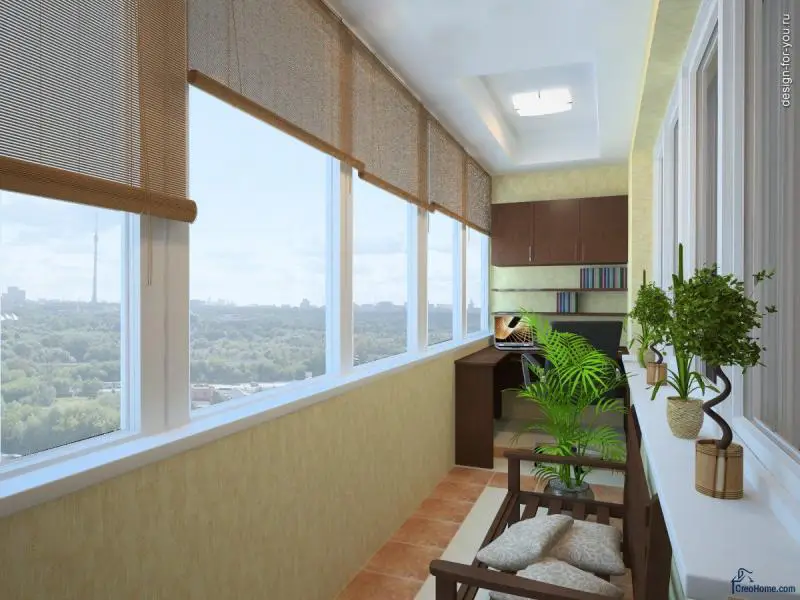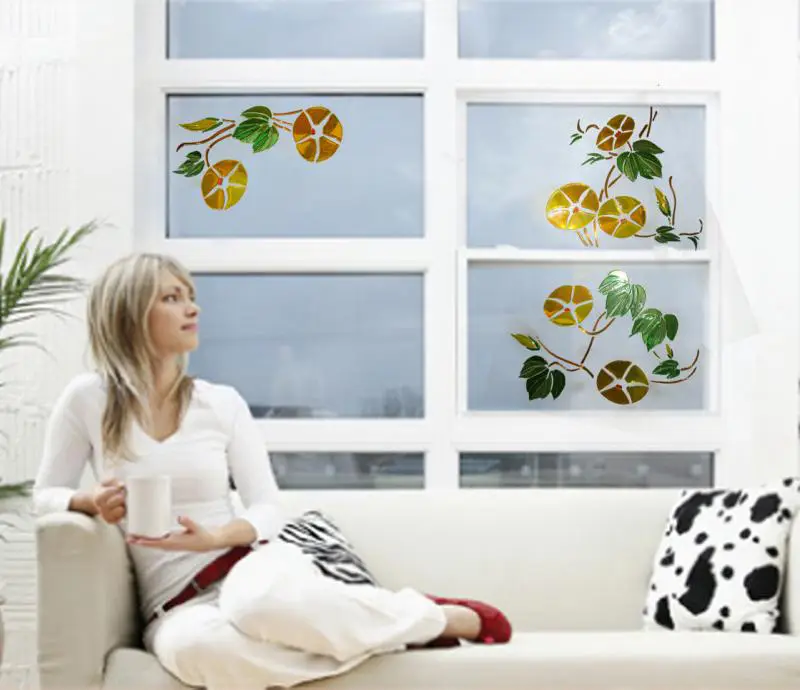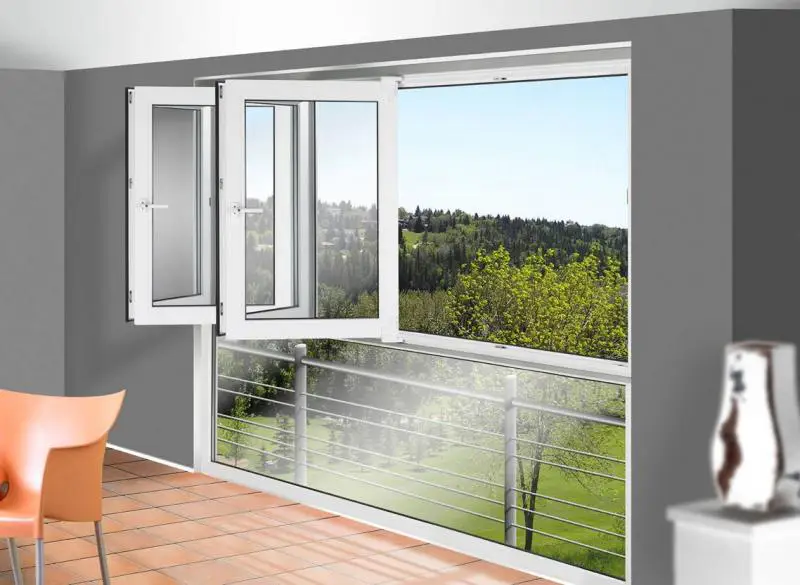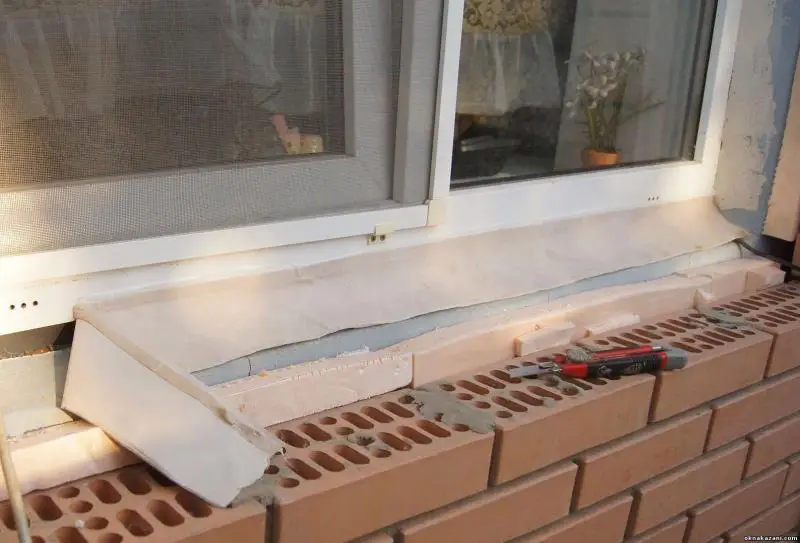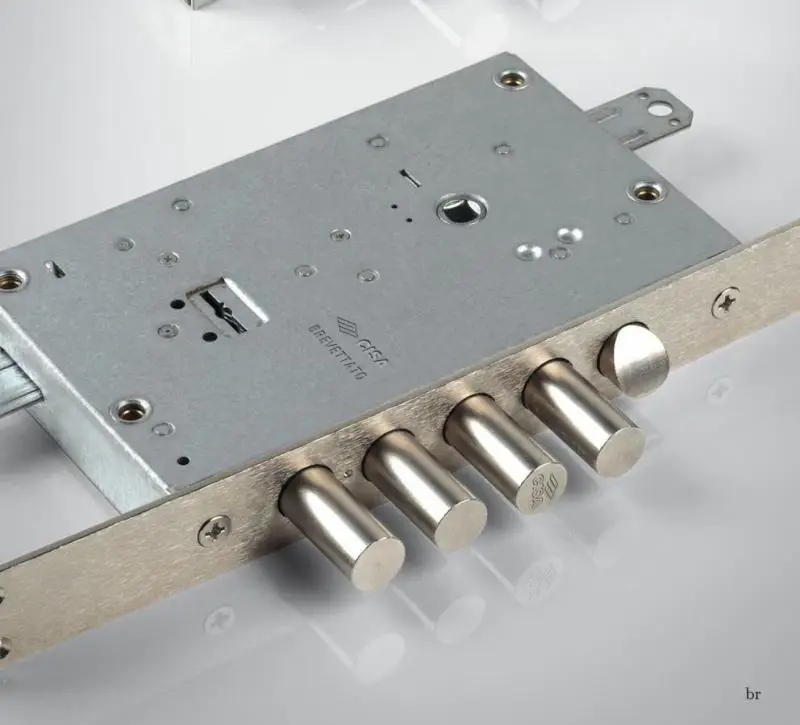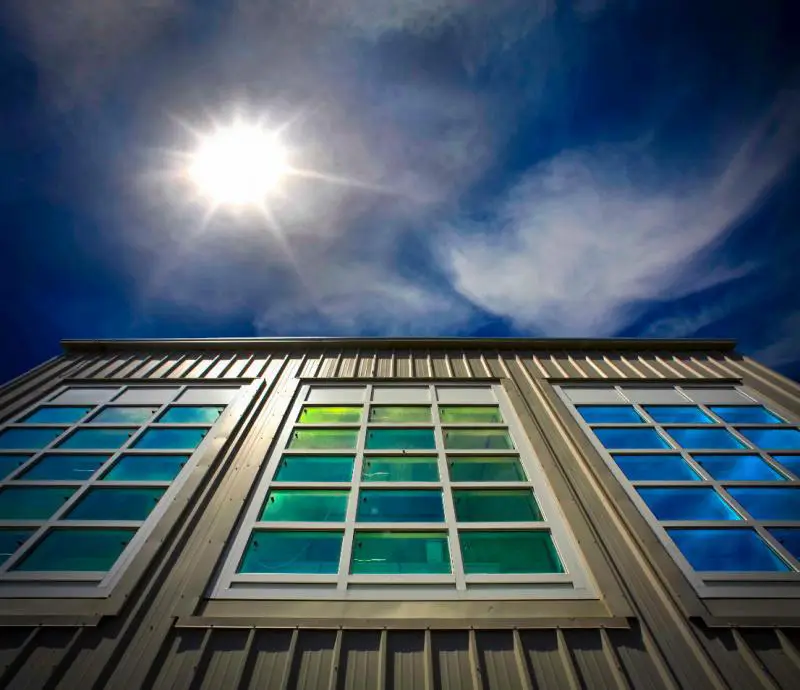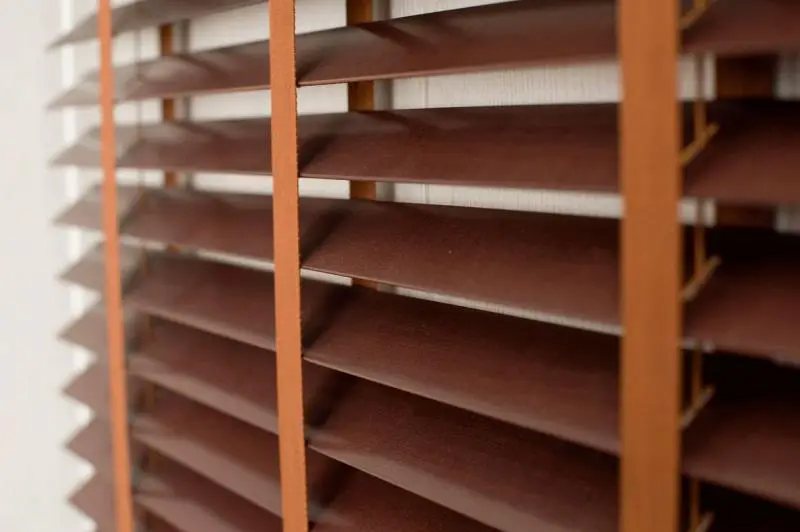There can be your advertisement
300x150
Landscaping and Site Development
It's pleasant to live in a place where everything is designed for relaxation: green grass pleases the eyes, paved pathways, and a convenient and safe children's playground. No wonder landscaping and site development are considered a crucial stage in construction.
Site development begins with a detailed plan.

What Is Included in Site Development
Comprehensive site development for any area—whether a multi-apartment building courtyard or a private property—includes several essential tasks:
- Landscaping and landscape design;
- Lighting;
- Pathway construction;
- Irrigation system;
- Drainage;
- Installation of small architectural features: gazebos, benches, tables, and decorative sculptures;
- Creation of artificial water features.
Only when these essential elements are completed can a territory be considered fully developed and functional. Of course, landscaping and development of public courtyards don’t include lakes with swans in the design documents, but residents’ enthusiasm can bring any dream to life.
Landscaping
Harmony with nature is vital. Today, many property owners see landscaping and site development as a top priority, ensuring a comfortable and pleasant living environment. Lawns and plants delight with their neatness and beauty, bringing positive emotions.
Deciduous and coniferous trees, ornamental shrubs, and flowers are ideal for landscaping. Diverse plantings make any area unique and attractive. Living hedges and various lawn types are especially popular. With endless creative possibilities and a wide range of available products, you can create truly unique masterpieces: meadow, roll, Moorish, and parterre lawns, as well as breathtaking flowerbeds.
But avoid overplanting—too many plants can harm both the plants and the environment, as they need adequate sunlight. Remember: everything must be in balance, harmonious, and thoughtfully planned.
Lighting
One of the most important elements in landscaping and site development is lighting. It adds beauty and mystery to any space, especially at night. Proper lighting enhances comfort, while thoughtful illumination highlights key design features.
Lighting must be carefully planned, with special attention to pathways, stairs, driveways, and relaxation areas. These spots must be well-lit for safety and comfort. Properly designed garden lighting creates a mysterious and intimate atmosphere.
Designing lighting for private properties requires artistic vision, so professional expertise is essential.
Paths and Walkways
Well-designed pathways and beautifully crafted walkways play a key role in site development. They serve practical functions and, with creativity and skill, seamlessly integrate into the landscape and enhance the surrounding space. On private properties, elaborately designed paths become a standout feature of garden design, highlighting advantages and concealing flaws.
Paths and walkways vary in materials, installation methods, and construction techniques. Materials include natural stone, decorative tiles, concrete slabs, bricks, and other options. Edging may be used, and installation can be on sand or cement mortar.
Irrigation System
To keep plants and lawns healthy and attractive, timely watering is essential. Some rely on a simple hose connected to a water tap, while others install automated irrigation systems that water the area according to a set schedule.
Automated systems are far more efficient than manual watering. They are controlled by timers or small computers and remain hidden underground when not in use, causing no obstruction. These systems are customized based on individual site characteristics.
Drainage Systems for Landscaping and Site Development
Surface drainage (also known as stormwater or overland drainage) helps remove water after rain or snowmelt from pathways and open areas. Surface drainage can be linear or point-based, but the most effective solution combines both. Point drainage collects water from small zones, while linear drainage handles larger areas.
Small Architectural Features
This category includes gazebos, benches, tables, and decorative sculptures. These features must match the overall design style of the surrounding space to ensure comfort, beauty, and uniqueness.
If space allows, areas can be created for relaxation, barbecues, sports, and children’s play.
- Relaxation areas: Choose quiet spots and equip them with tables, benches, garden elements, and carefully selected lighting. Flowerbeds, alpine gardens, and ornamental shrubs create a peaceful and serene atmosphere.
- Picnic areas: Require larger spaces with furniture and grilling equipment. Ideally, part of the area should be shaded to ensure comfort on hot days.
- Sports areas: Shapes and sizes depend on the type of sport. Placement must consider player comfort and safety.
- Children’s play areas: Best located in sunny spots. Equip with swings and other play equipment. Ensure landscaping and development follow safety standards—avoid plants with thorns.
Creating Artificial Water Features
Water has a powerful attraction. Even a small fountain or pond can enhance a landscape, adding peace and tranquility. Water features create a unique microclimate, increasing air humidity—especially valuable during hot weather. A man-made pond is often the highlight of any design.
People never tire of watching flowing water and fire. That’s why landscaping and site development often include decorative waterfalls, streams, and cascading fountains. The sight and sound of water give any area a distinctive character.
Whether done independently or with expert help, the goal is to create a space where everyone can enjoy comfort and peace—exactly why these projects are undertaken. Good luck.
